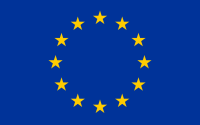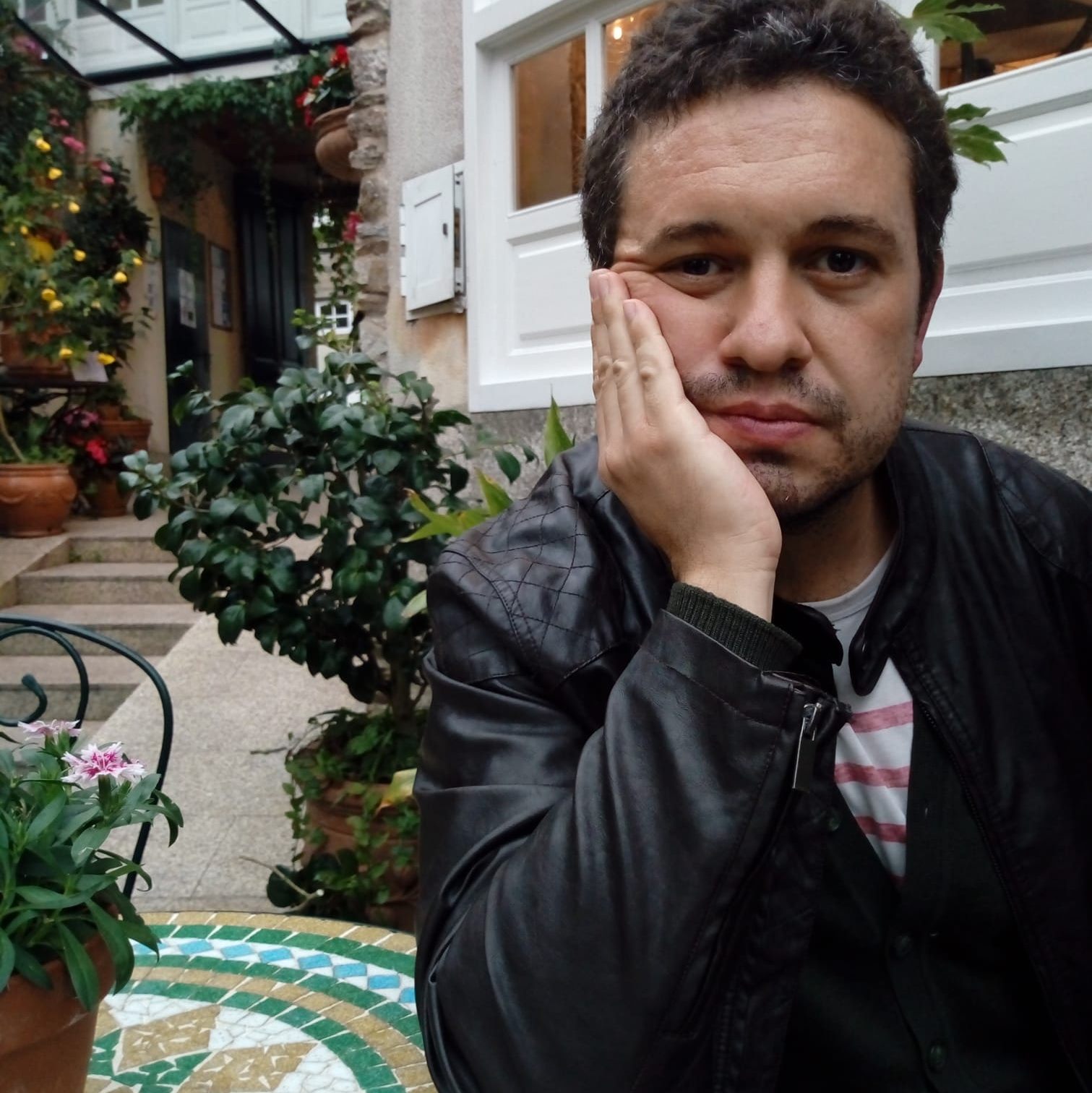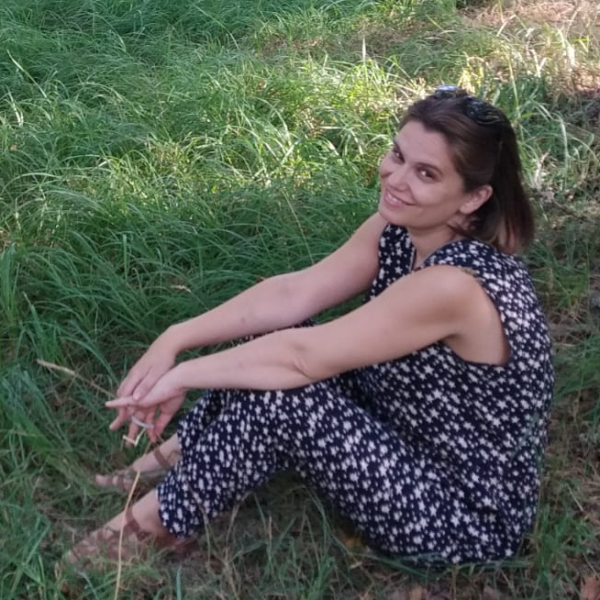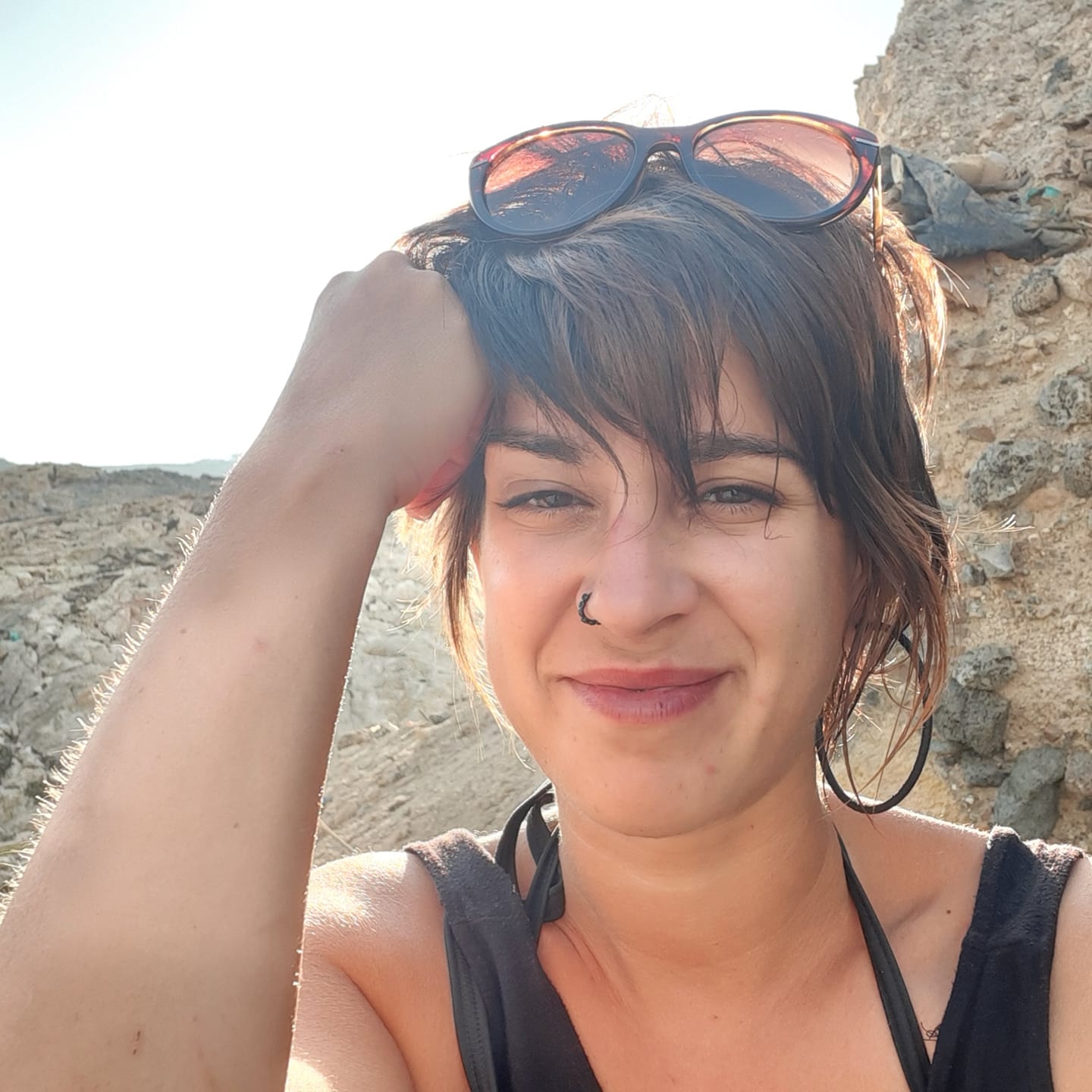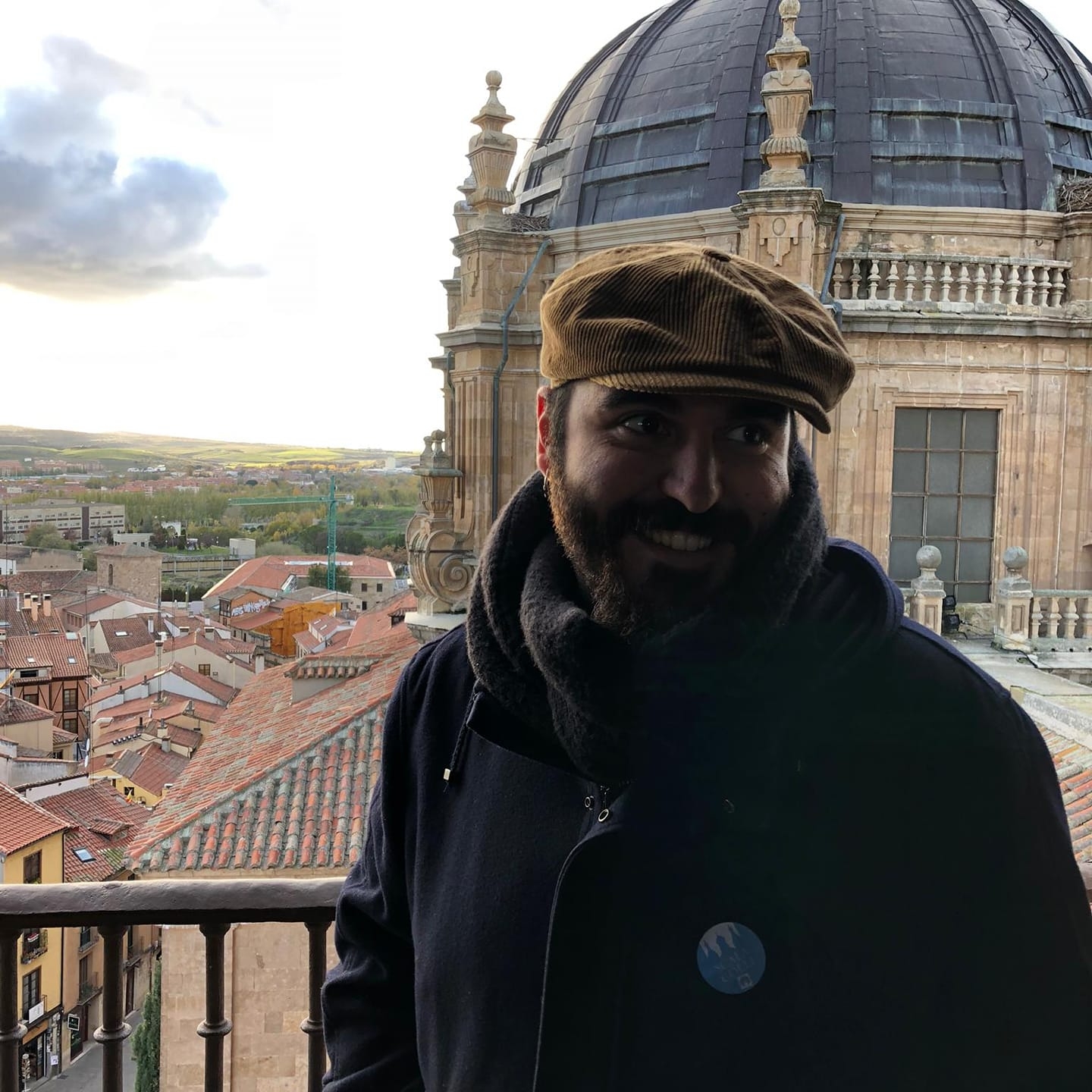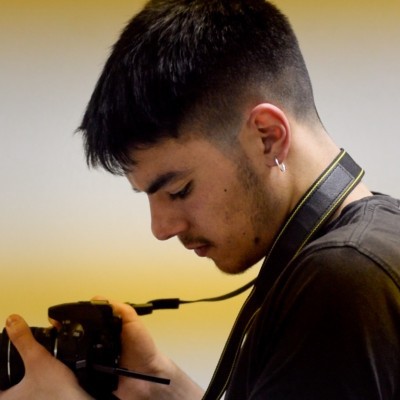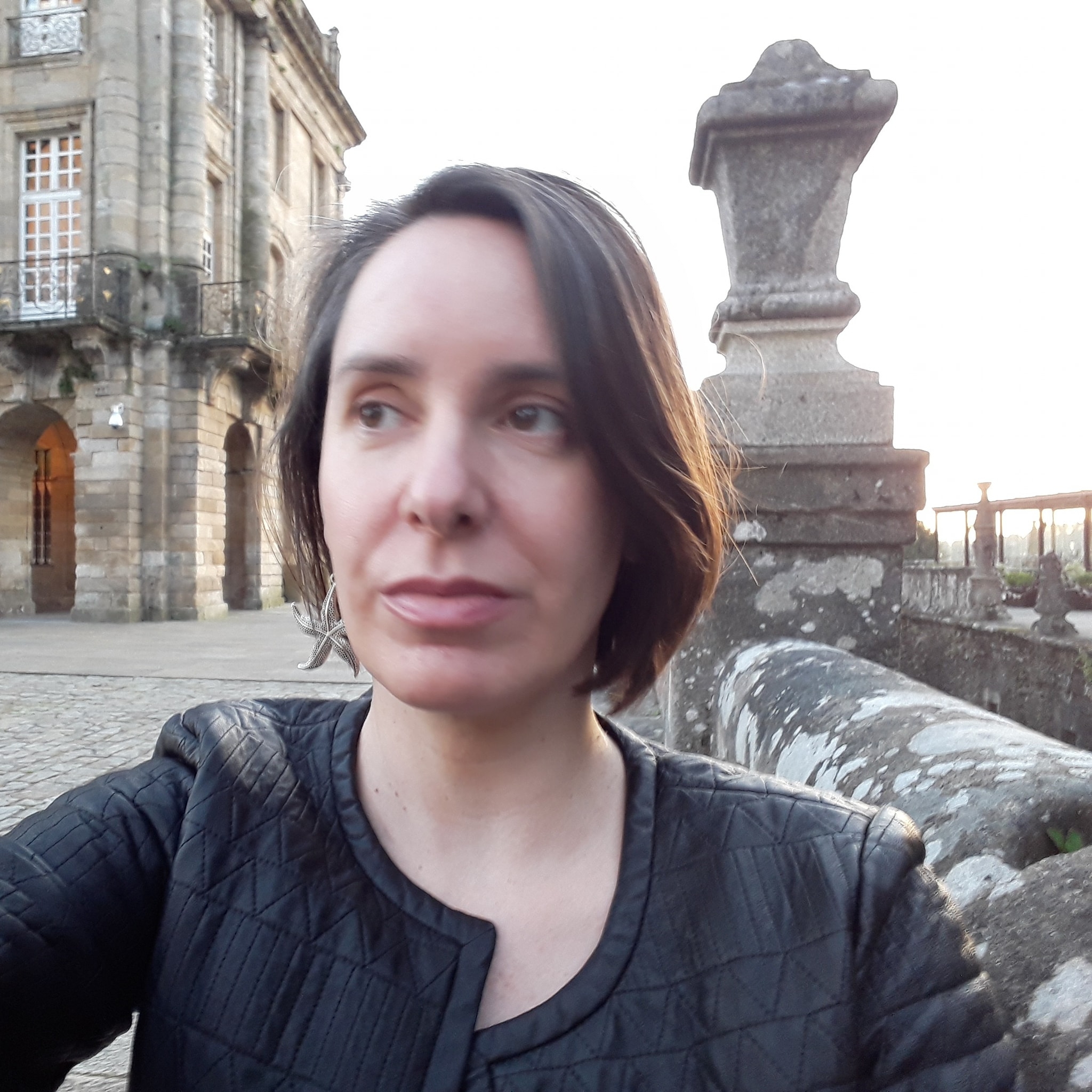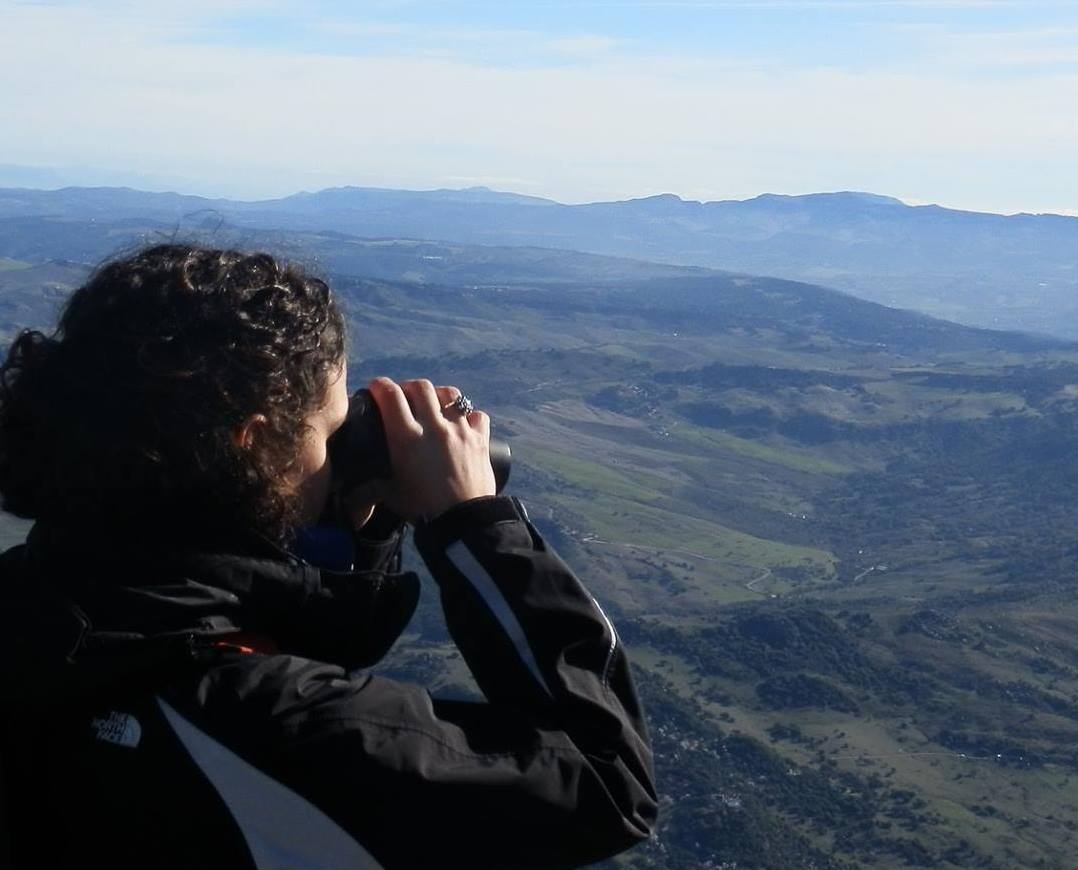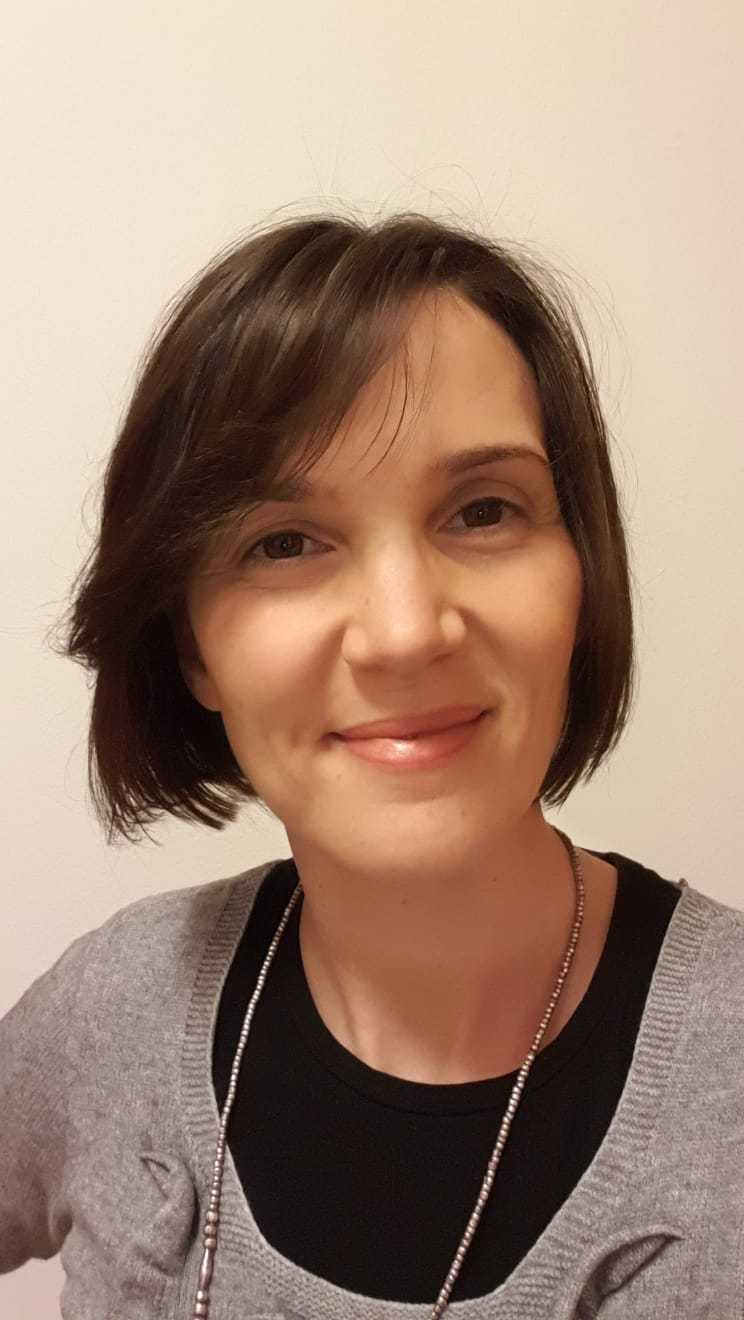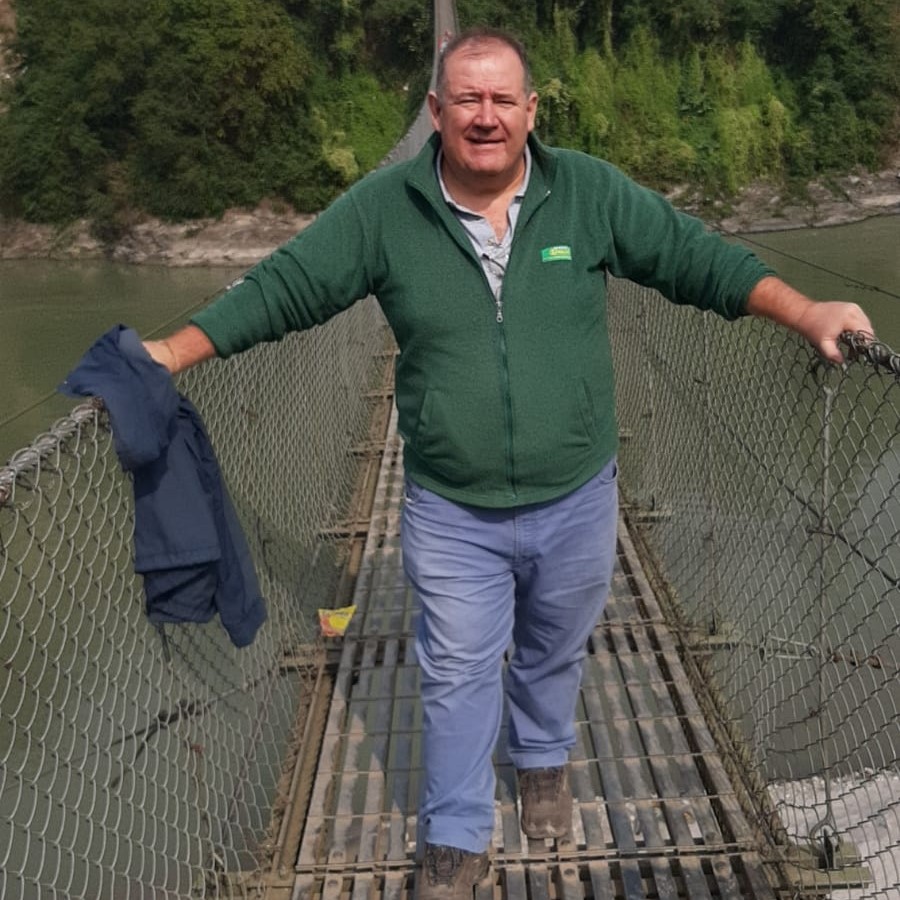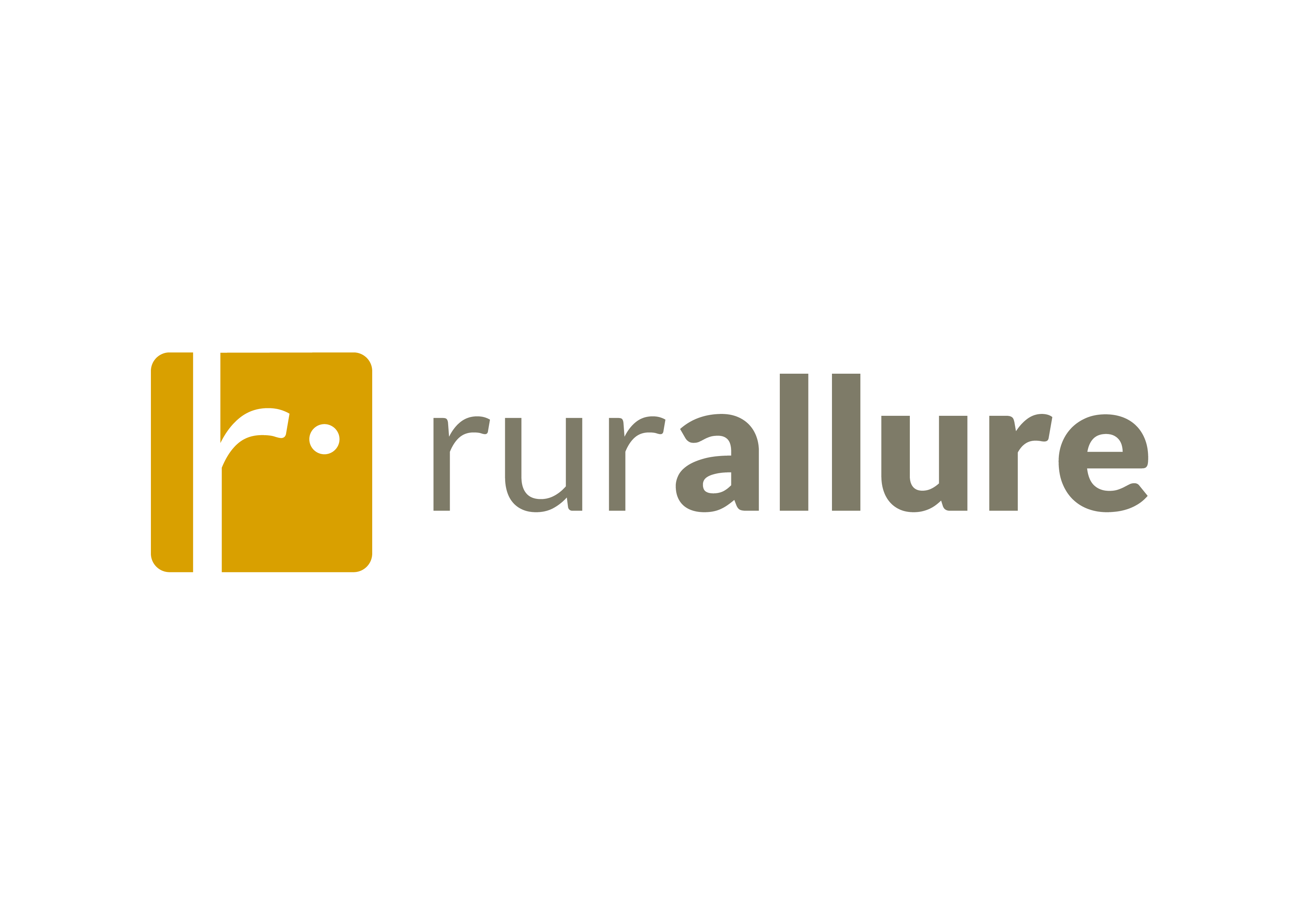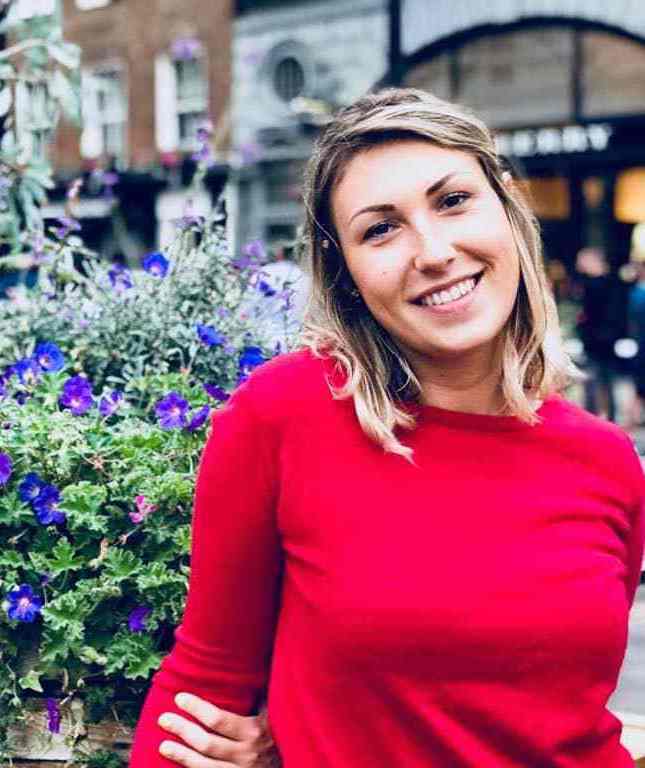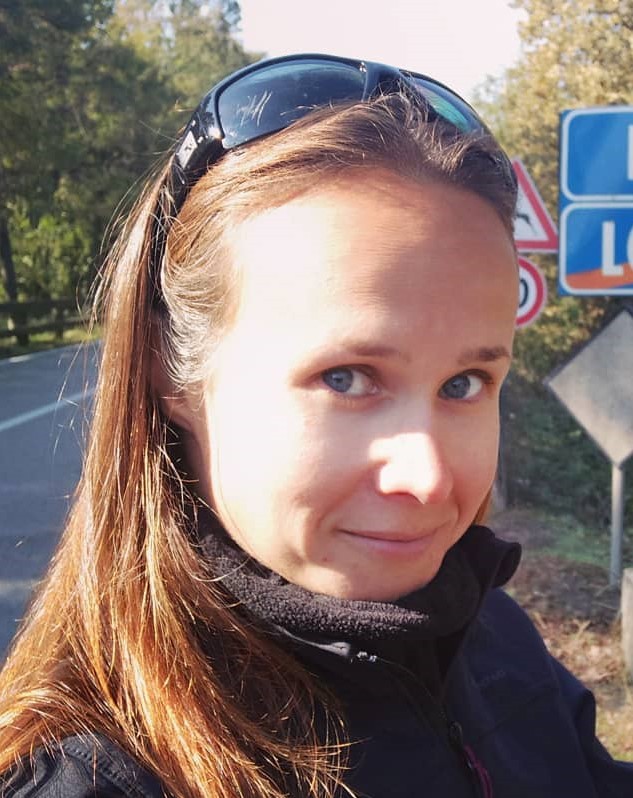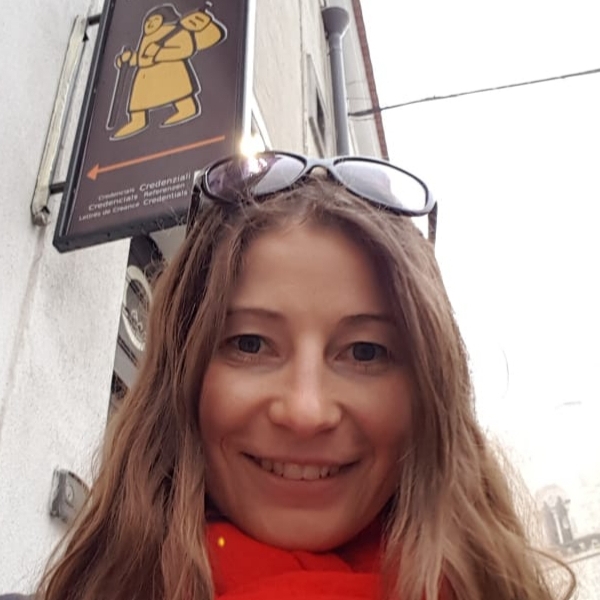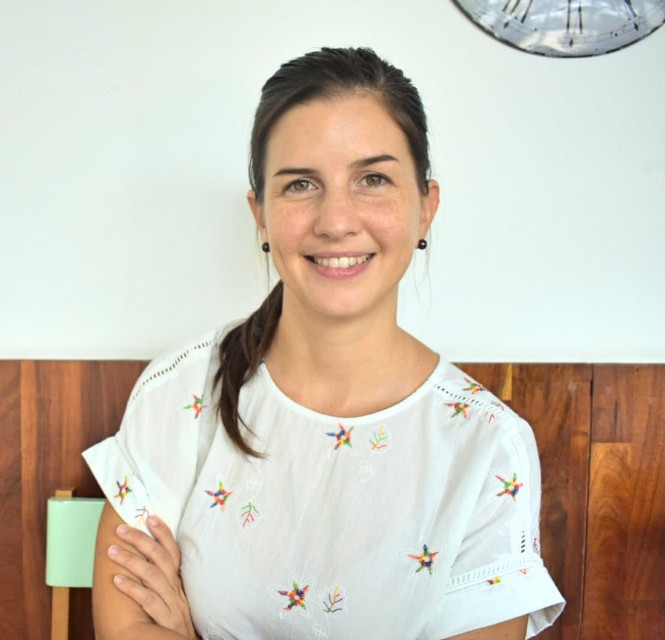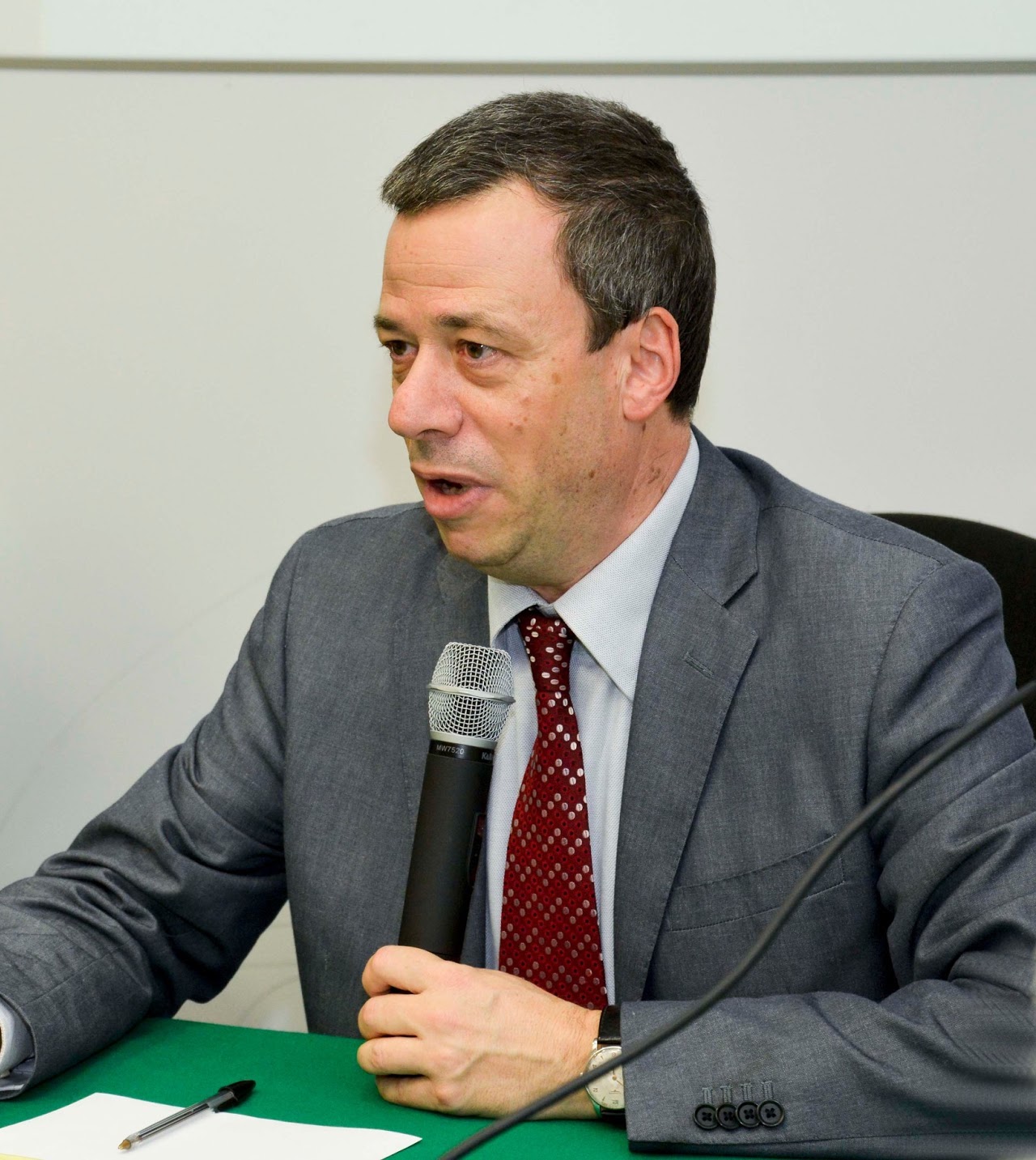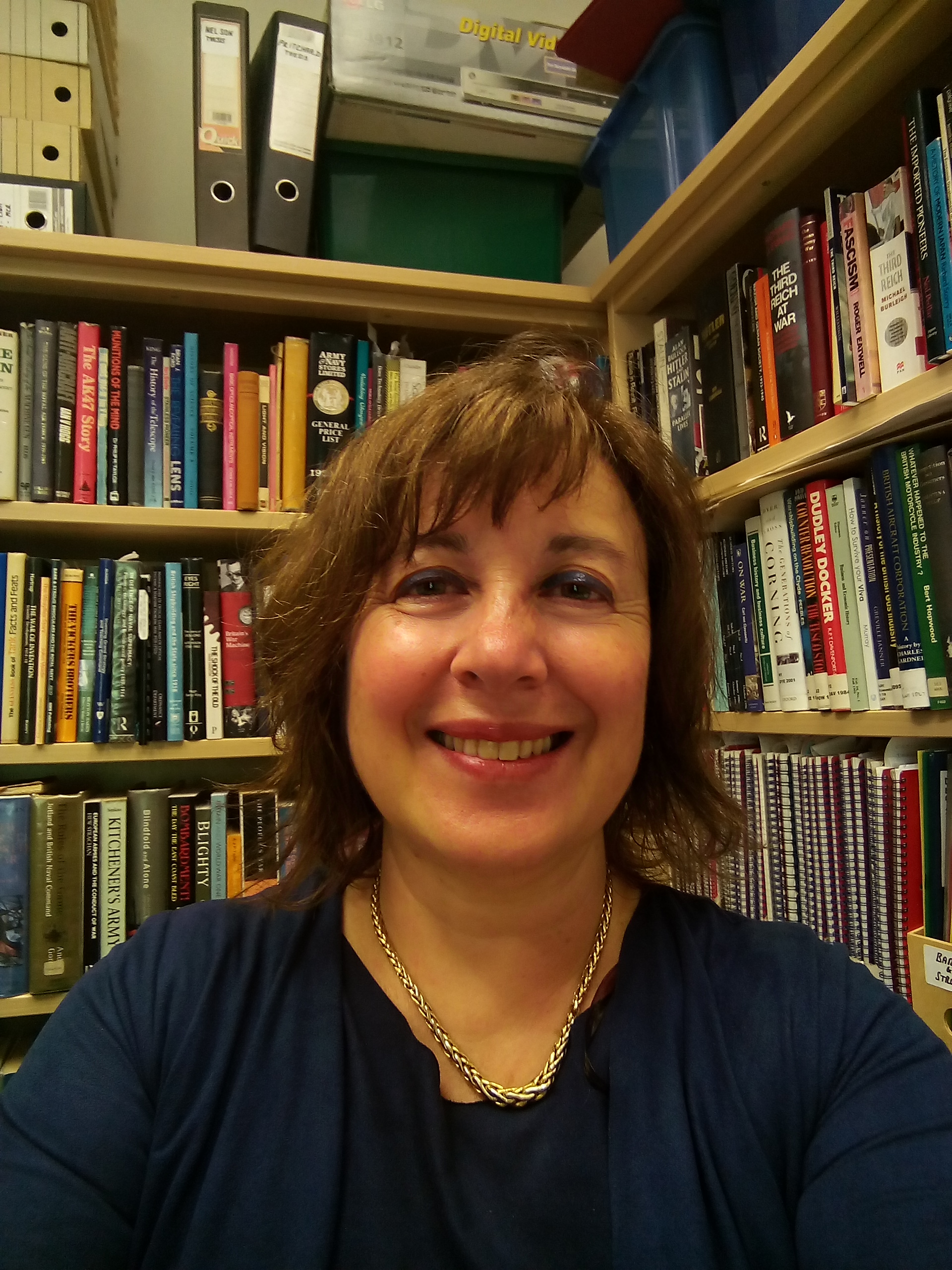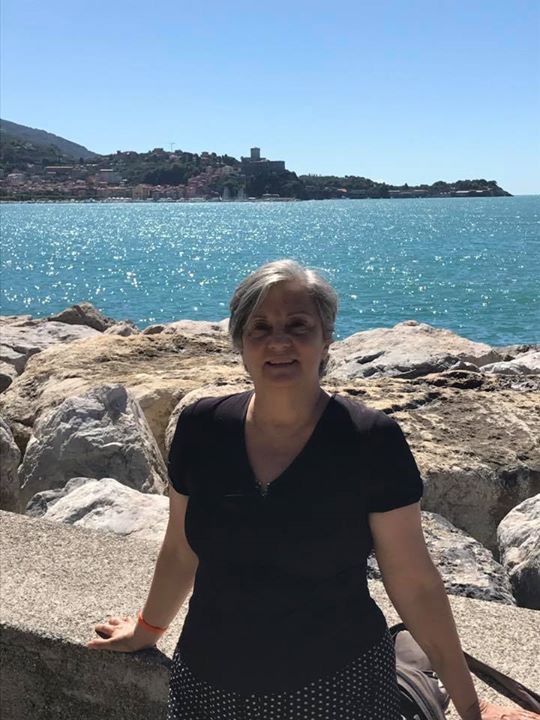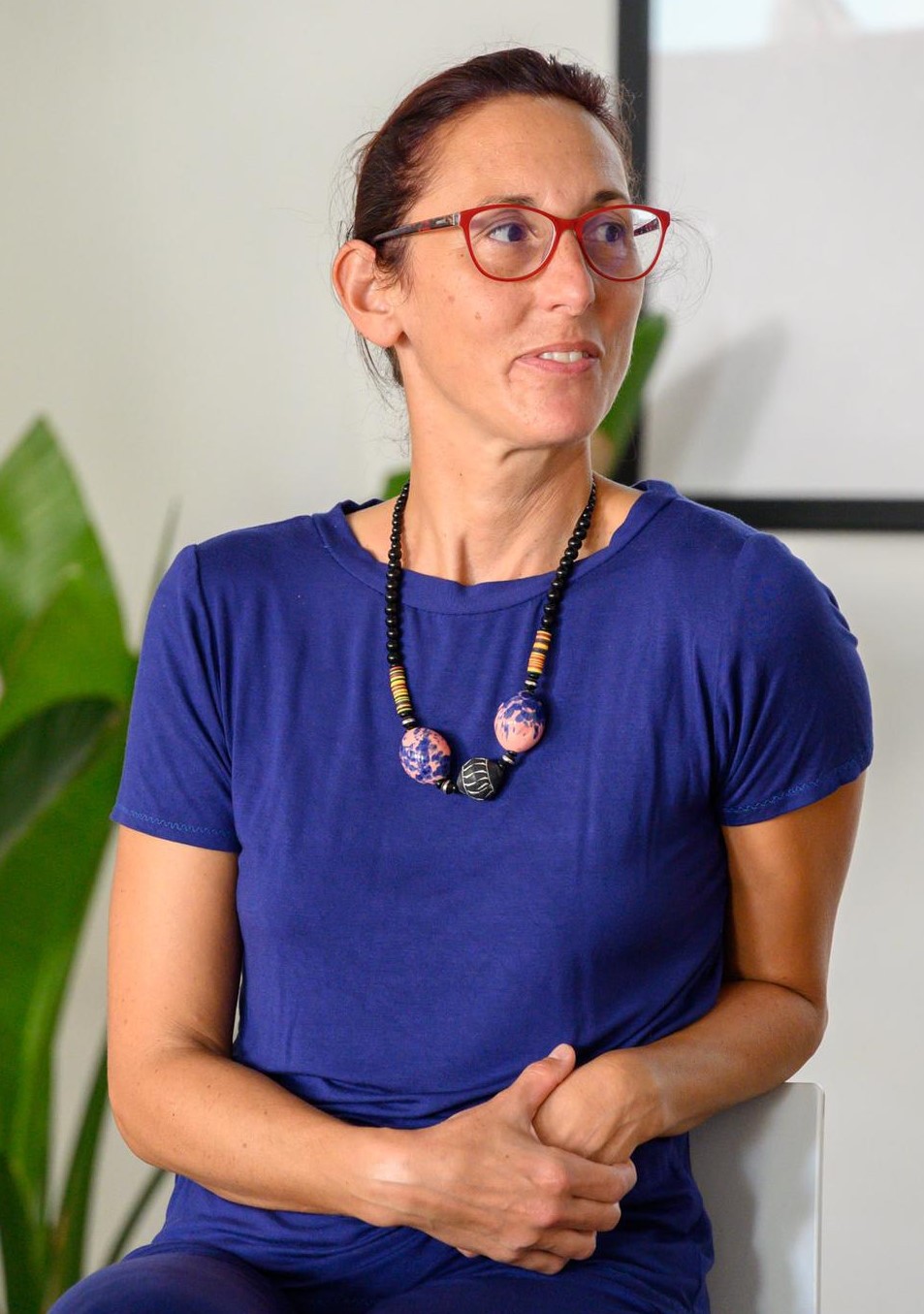Opportunity
In Europe, hundreds of thousands of people set out each year from their homes –or from popular starting points– to make their way to major worship places and lesser-known ones. The pilgrimage routes have undoubtedly become a significant economic and political asset for Europe.
- On the one hand, the thousands of travellers mobilise substantial resources around them, to the point that the economic impact of pilgrimage to Santiago de Compostela alone was estimated to exceed 300 million euros in 2019.
- On the other hand, since many of the pilgrimage routes are transnational, they act as vehicles for cultural exchange and cross-border relationships. It is no surprise, then, that some routes have received (and are receiving) substantial support from regional, national and European institutions.
The rurallure project addresses one weak point hidden behind this depiction of success: the pilgrimage routes may be traversed by thousands, but their impact is almost exclusively perceived in the places located directly on the paths, rarely permeating into the surrounding rural areas. Thus, entire provinces and regions of a predominantly rural nature, which are facing significant economic and demographic challenges all over Europe become passive witnesses of the flows of pilgrims, whereas they could actually add much of content and value to the experiences.
The goal of rurallure is to overcome this situation through the allure of the cultural heritage found in the rural environment. The opportunity arises from the fact that pilgrimage is usually planned with some flexibility regarding dates, distances travelled in successive journeys, places to rest, etc. Many pilgrims are amenable to serendipitous findings, too. This makes pilgrimage largely different from other types of cultural and touristic experiences, thus opening possibilities of increasing the numbers of visitors to the least-known heritage sites by:
- Assembling meaningful cultural experiences with resources found in the rural environment.
- Mobilising transportation, accommodation and dining easily.
- Offering the whole packs to the pilgrims through tailor-made means of promotion.
The project sets the goal of simplifying the task of thematically connecting the experiences offered in different rural locations. The intended effect is that some pilgrims decide to take a break or a detour, and spend some time in a nearby town or village.
By designing, implementing and testing technological tools and promotional strategies, the project will seek to generalise that effect and, thereby, contribute to generate economic activity and also reinforcing a more diversified employment, to help preserve cultural heritage at risk (professions, customs, rural architecture, art and music, etc.) and to fight the rural exodus that is leading to a worrying spiral of loss of population and services.
Concept
The concept put forward by rurallure is that of a network of cultural institutions (museums, libraries, natural heritage sites, civil associations, …) that could benefit from the flows of people on nearby pilgrimage routes.
Those institutions will work together towards the creation of multimedia contents that will be offered to the pilgrims before, during and after their travels, and towards the design of means of promotion suited to the specifics of the region. Their collaboration will be facilitated by a technological platform with specialised content management facilities, as well as mobile apps that will cohesively present the heritage of the regions traversed over several days or weeks, featuring functionalities for the following:
- To discover the most interesting resources and experiences for each individual or group.
- To facilitate transportation to the towns and villages, if needed, and back to the main route.
- To find suitable accommodation and dining possibilities in the rural environment.
rurallure does not directly seek to further promote or develop the pilgrimage routes, and that it does not deal with religious heritage. Instead, it seeks symbiosis with the pilgrimage routes, so that, on the one hand, the ongoing investment put into the pilgrimage routes leaves a mark also in the nearby rural areas, and, on the other, the pilgrims enjoy enriched experiences thanks to the cultural heritage of the rural environment (that they wouldn’t get to know otherwise).
Objectives
The goals of rurallure, are the following:
- To establish a network of institutions to work on the promotion of cultural venues and heritage sites from the rural environments of Europe, in the vicinity of pilgrimage routes.
- To develop studies from historical, cultural, sociological and economic perspectives, to understand and exploit the opportunities linked to the promotion of rural heritage as an added value to enrich the pilgrimage experiences.
- To analyse the role that urban cultural and touristic institutions can play in the network, deriving visitors to the nearby rural environment.
- To assess the strategies and recommendations derived from the aforementioned studies in four pilots, conducted in regions of Europe traversed by different transnational pilgrimage routes, and focusing on different facets of Cultural Heritage relevant to regional development.
- To create a comprehensive geolocative open database and an interactive map of European rural venues and heritage sites, in different levels of proximity to the main pilgrimage paths, and a directory of relevant stakeholders active in the promotion of culture and tourism: public authorities, tourism stakeholders, cultural and creative sectors, etc.
- To exchange best practices and lessons learnt in the pilots all over Europe, by publishing reports on strategies and results, and by organising events to inform regional, national and international policymakers.
- To define an agenda with key research and innovation challenges for the decade.
- To develop mobile apps to offer the following functionalities to the pilgrims:
- Discovery of cultural venues and heritage sites –found along the routes or reached by feasible detours– that may enrich their experience, considering their specific interests, preferences and needs.
- Pilgrim guides exploiting the opportunity (neglected thus far) to cohesively present the heritage of the regions traversed over several days or weeks (rather than hours as it happens in classical museum visits), using mainly audio narrations to go along with the pilgrim as he/she walks or rides, and pointing to additional multimedia contents during the resting stops.
- Recommendation and quick reservation of transport from/to selected rural locations and suitable accommodation and dining offers.
- Social network spaces to keep contact with new friends and acquaintances made during the pilgrimage.
- A multi-route pilgrim’s digital passport to certify the trips.
- To assemble and deploy a content management system as a backend for the mobile apps, offering features to innovate around the new possibilities created by digital media:
- Collaboration among institutions to create, manage and curate a Cultural Heritage knowledge base that aggregates the digital cultural assets of the cultural venues and heritage sites of rural Europe, in connection to third-party resources on the Internet (e.g. Wikipedia and Europeana).
- Co-creation and curation of contents and narratives for the pilgrim guides, to produce shared digital exhibitions in a cost-effective manner thanks to systematic reuse of content and structures.
- Specific web positioning strategies, to have strong online presence during the stage when people are planning their trips.
- Benchmarking and analysis of aggregated data to allow monitoring the effectiveness of the promotion and mobilisation mechanisms to achieve the intended effects.

